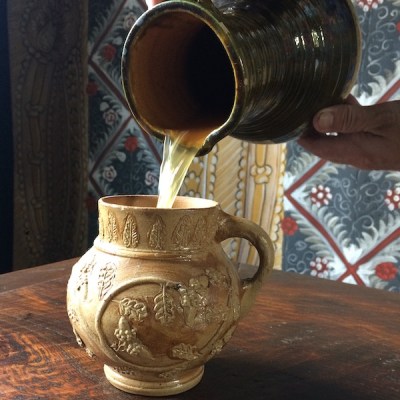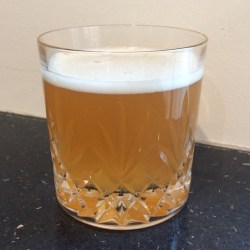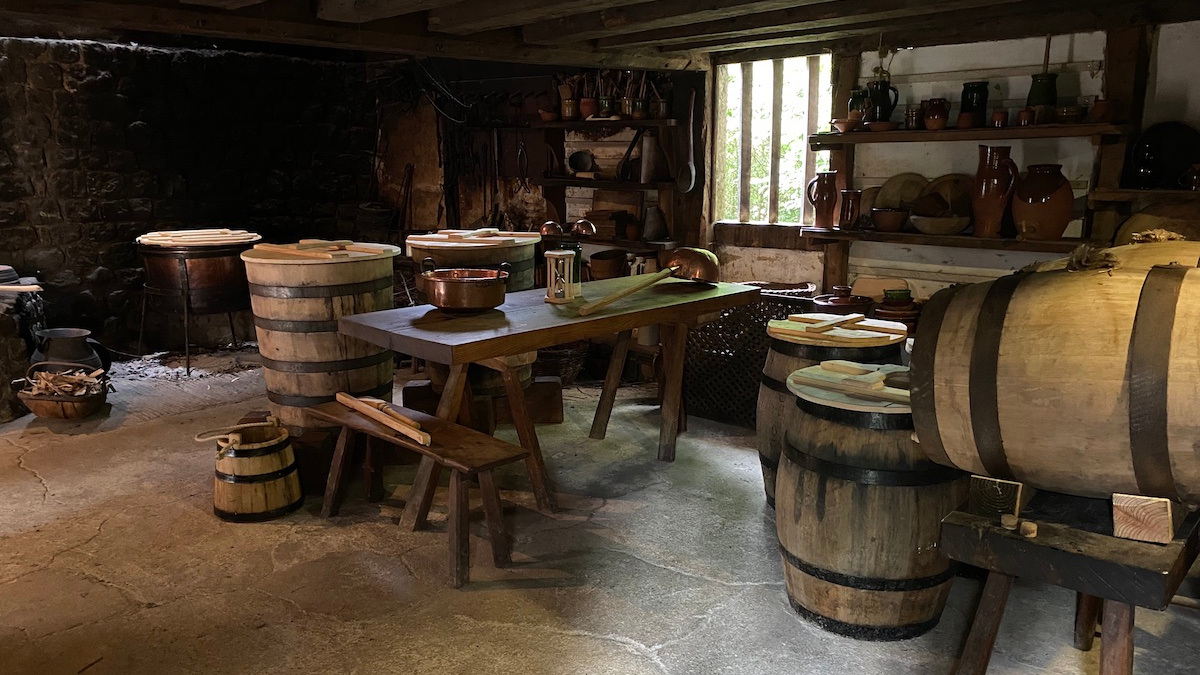Are you interested in the history of beer, food science, or just a fan of gathering “um, actually” details about things? Well you’re in for a treat because FoodCult (exploring Food, Culture, and Identity in early modern Ireland) has a fantastic exhibition showcasing their recreation of beer last brewed in the sixteenth century by putting serious scientific work into it, and learning plenty in the process.

The recipes, equipment and techniques are straight from what was used at Dublin Castle in the late 1500s. This process yielded very interesting insights about what beer back then was really like, how strong it was, and what was involved in the whole process.
Documentation from the era also provides cultural insight. Beer was often used to as payment and provided a significant amount of dietary energy. Dublin Castle, by the way, consumed some 26,000 gallons per year.
In many ways, beer from back then would be pretty familiar today, but there are differences as well. Chief among them are the ingredients.
While the ingredients themselves are unsurprising in nature, it is in fact impossible to 100% recreate the beer from 1574 for a simple reason: these ingredients no longer exist as they did back then. Nevertheless, the team did an inspired job of getting as close as possible to the historical versions of barley, oats, hops, yeast, and even the water.
 That’s not all. Period-correct brewing techniques and equipment — all carefully made by hand — also provided an authentic process as well as insight into the fact that beer-making required a variety of unique skills and craftsmanship.
That’s not all. Period-correct brewing techniques and equipment — all carefully made by hand — also provided an authentic process as well as insight into the fact that beer-making required a variety of unique skills and craftsmanship.
How did it turn out? Very well! The team successfully produced Dublin Castle beer from 1574, and repeated the process a few times with ingredient variations to help understand and highlight what makes the original distinctive. The finished Dublin Castle beer had a hazy, golden appearance due to added oats and minimal filtering. It tasted like a mild, light, present-day bitter with an alcohol content between 4.5-5%.
Beer brewing is something still enjoyed by many today, and even homebrewers can leverage technology into the process. Homebrewing can be considerably more “hacky” that that, however. A suitably motivated hacker can brew beer using only a coffee maker and ingredients found on a moderately-sized research vessel.
[via Phys.org]
